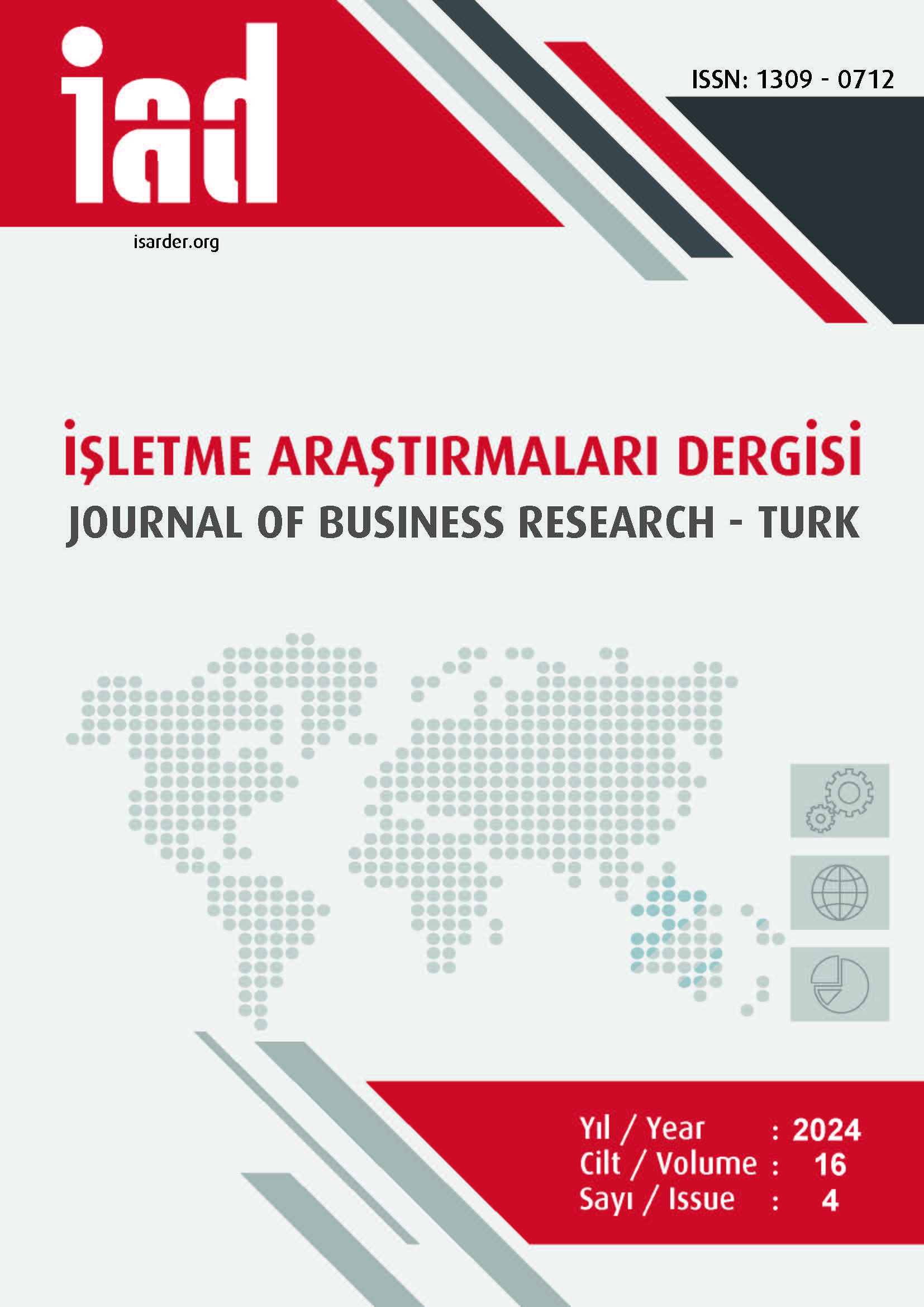Examining the Relationship Between School Principals' Charismatic Leadership Characteristics and Teachers' Levels of Commitment to the School
DOI:
https://doi.org/10.20491/isarder.2024.1919Keywords:
Charismatic Leadership, Commitment to SchoolAbstract
Purpose – This research aims to examine the relationship between the charismatic leadership characteristics of school principals and the level of teachers' commitment to the school. Design/methodology/approac – This study employed a relational screening method and quantitative analysis techniques to investigate the associations between variables. Data collection involved reaching 391 teachers employed in public schools in Ankara through a random sampling approach. Surveys were administered online using Google Forms. The primary objective of the study is to assess teachers' levels of organizational commitment and the charismatic leadership traits of their leaders. Findings – The findings show that there is a positive and significant relationship between charismatic leadership and teachers' commitment to school. In addition, it was determined that demographic characteristics of teachers such as gender, age and length of service in the profession also have an effect on charismatic leadership perceptions and commitment to school. Although openness to change is seen in female teachers, their organizational commitment levels are lower than males. It was emphasized that young and less experienced teachers are more prone to change. Level of education and school stage do not have an effect on leadership and commitment. A positive relationship was stated between charismatic leadership and teachers' commitment levels. The results reveal that administrators should strengthen their leadership skills and encourage cultures that are open to change. Discussion – Based on the research findings, charismatic leadership training should be organized for school principals and an innovative school culture should be encouraged. Mentorship should be provided to young teachers. Flexible working hours that support work-life balance should be offered to female teachers. These suggestions can increase teachers' commitment and the quality of education.
Downloads
Published
How to Cite
Issue
Section
License

This work is licensed under a Creative Commons Attribution-NoDerivatives 4.0 International License.





